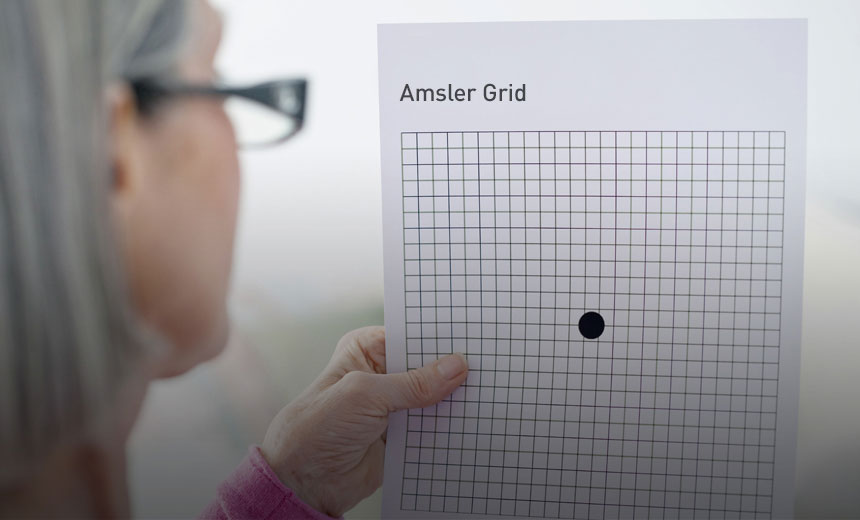"*" indicates required fields
25/08/2021

Macular degeneration (also known as age-related macular degeneration or AMD) is the leading cause of blindness and severe vision loss in Australia. AMD actually refers to a group of degenerative diseases of the retina (the light-sensitive tissue at the back of the eye) that cause progressive, painless loss of central vision or visual distortion. It affects a person’s ability to see fine detail, read, drive and distinguish faces. There are essentially two types of AMD – the wet form and the dry form.
There is no cure for AMD, but recent treatment options have revolutionised the management of this condition and our ability to prevent blindness. For example, patients with wet AMD are often eligible for eye (intravitreal) injections, which trials have shown can maintain and improve vision in the majority of patients. While there is no approved treatment for the dry form of AMD, there are ongoing trials investigating disease progression and potential therapies.
‘Macular degeneration is the leading cause of blindness and severe vision loss in Australia’
Dr Christolyn Raj
In general, the research shows that patients who do best with treatment are those who present early in the disease process. This is why monitoring your macula is so important.
Key symptoms of AMD include dark patches or empty spaces appearing at the centre of your vision or vision distortion, where straight lines appear wavy or bent. You may also notice an increased need for lighting, difficulty distinguishing colours, decreased night vision and sensitivity to glare.
It’s important to screen for AMD so that treatment, if appropriate, can be started as early as possible. Fortunately, there is a quick and easy way to test yourself, which you can do from the comfort of your home – the Amsler Grid. This is a simple test to alert you to any vision changes that may indicate the presence of AMD, or worsening of your condition.
You can download your free Amsler Grid to print here.
I generally recommend that everyone over the age of 50 monitors their vision by spending a moment each day looking at the straight edge of a door or window, one eye at a time, to see if there are any ‘bumps’ or parts missing. Anyone who is at increased risk of AMD (e.g. if you have a family history of macular degeneration and/or are a smoker) would benefit from using the Amsler Grid.
If you notice any signs or symptoms of AMD, or detect changes to your vision using the Amsler Grid, get your eyes checked immediately. In addition to regular use of this grid, you should see an eye care professional every 1–2 years for a general check. Don’t dismiss any changes in your vision as part of the ageing process – early detection can save your sight.
Vision Eye Institute has a number of ophthalmologists who specialise in the diagnosis and management of AMD – click here for more information.
The information on this page is general in nature. All medical and surgical procedures have potential benefits and risks. Consult your ophthalmologist for specific medical advice.
Date last reviewed: 2023-05-19 | Date for next review: 2025-05-19
